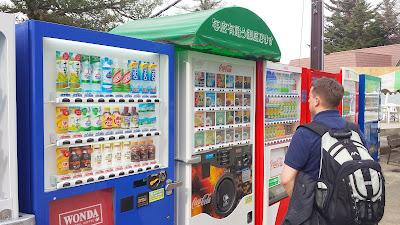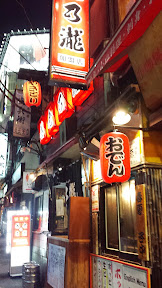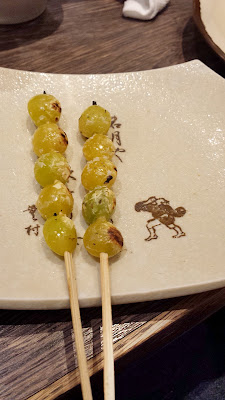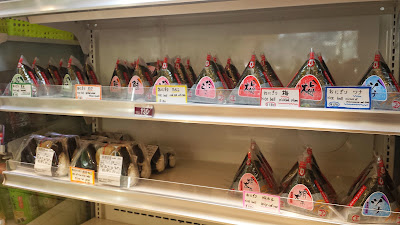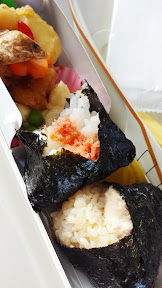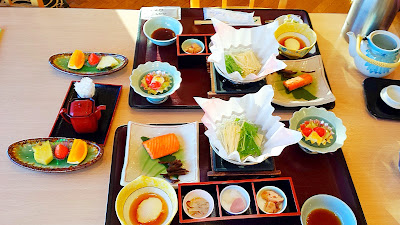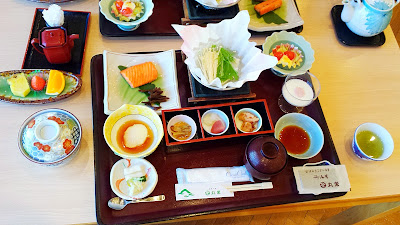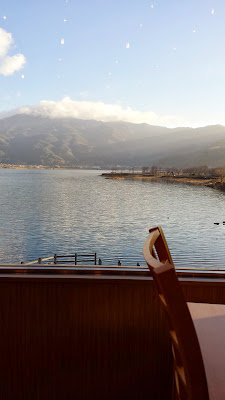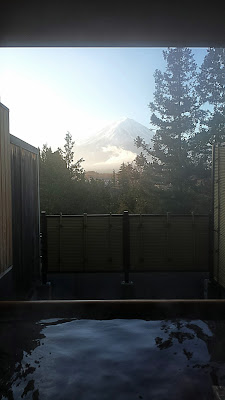The best popup in Portland is Nodoguro, offering incredible creative kaiseki (Japanese fine dining) that combines the meticulous techniques and artful playing with highlighting seasonal sourcing, hospitality, and thoughtfulness and personal style of whatever is Ryan and Elena Roadhouse’s chosen inspiration theme. The theme of the current dinner series is “Izakaya in the Canaries” from their trip to represent the Pacific Northwest at the Volcanic Food Forum in Lanzarote, Spain. The menu is designed to combine love of Izakaya cuisine, the Spanish Tavern, and some Pacific Northwest volcanic flair.
I’ve been a customer of Nodoguro for many years – just do a search for Nodoguro to see multiple other recaps of dinners I have experienced. I was heartbroken when they closed their space when the rent ended and because it didn’t make sense as we approached the 2nd year of the Covid-19 pandemic. So imagine my thrill when I saw they would at least for a few months, be taking up the space vacated by Nonna and then Yakuza temporarily, at least until August. Follow them via their newsletters and on social media follow Nodoguro or Gary the Foodie for the news when prepaid reservations are available because they will go fast! Sometimes you may luck out with canceled seats. For me it was via texting to coordinate and buying a spot immediately upon hearing the news to get my late May Friday night seat. It was such a reunion to dine with the Hungry Broads at my table and see the Roadhouses presenting their dinner experience again, but with the added bonus of daughter Sasha also helping.
Also as a long time fan while not trying to be a creeper I was crushing hard watching the daughter dad duo plating the sashimi courses with the same intense focus in their eyes.
The Setting
Here’s a look at the space they are temporarily occupying on NE Portland.








